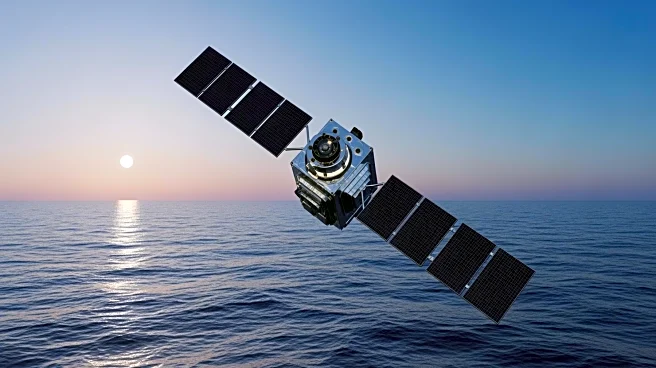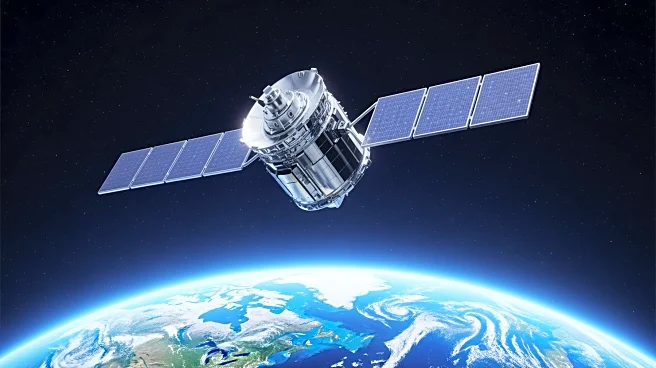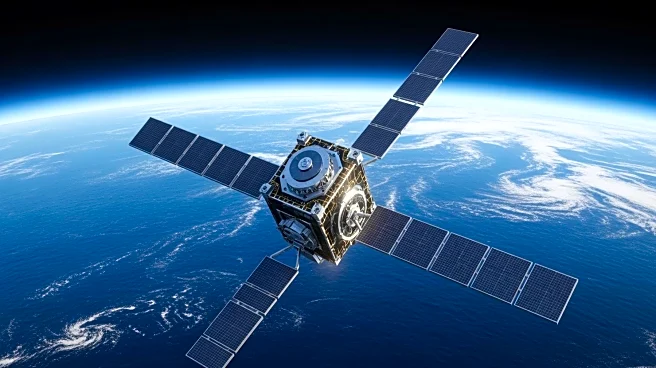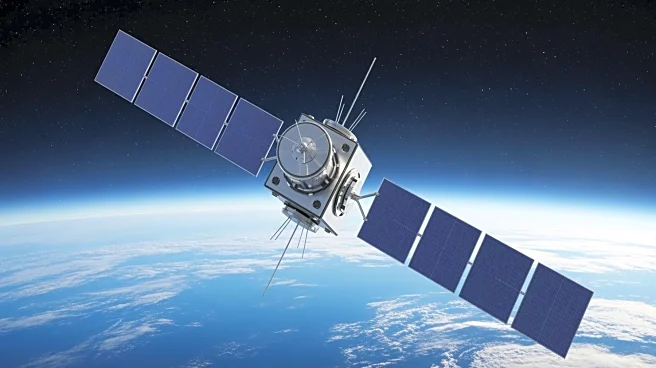What's Happening?
NASA's Sentinel-6B satellite is set to launch aboard a SpaceX Falcon 9 rocket from Vandenberg Space Force Base on November 16. The launch is scheduled for 9:21 p.m. PT from Space Launch Complex 4 East.
The Sentinel-6B satellite is designed to measure ocean topography using radar, providing continuous data on sea level trends. It will also collect high-resolution vertical profiles of atmospheric temperature, aiding in climate change tracking and weather forecasting. The satellite will succeed its twin, Sentinel-6 Michael Freilich, which was launched in November 2020. The Falcon 9's first stage will land at Landing Zone 4, potentially creating a sonic boom audible around the base.
Why It's Important?
The launch of Sentinel-6B is crucial for ongoing climate research and ocean monitoring. By providing detailed data on sea level trends and atmospheric conditions, the satellite will enhance scientists' ability to understand climate change impacts and improve weather predictions. This data is vital for policymakers and environmental agencies as they develop strategies to mitigate climate change effects. The collaboration between NASA and SpaceX highlights the importance of private-public partnerships in advancing space exploration and environmental monitoring.
What's Next?
Following the launch, Sentinel-6B will begin its mission to collect ocean and atmospheric data. Scientists and researchers will analyze this information to refine climate models and improve forecasting accuracy. The successful deployment of Sentinel-6B will also pave the way for future collaborations between NASA and SpaceX, potentially leading to more advanced satellite missions focused on environmental monitoring.
Beyond the Headlines
The Sentinel-6B mission underscores the growing reliance on satellite technology for environmental monitoring. As climate change continues to pose significant challenges, the ability to gather precise data from space becomes increasingly important. This mission may also influence international efforts to address climate change, as the data collected can be shared globally to support collaborative environmental initiatives.











